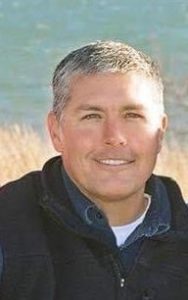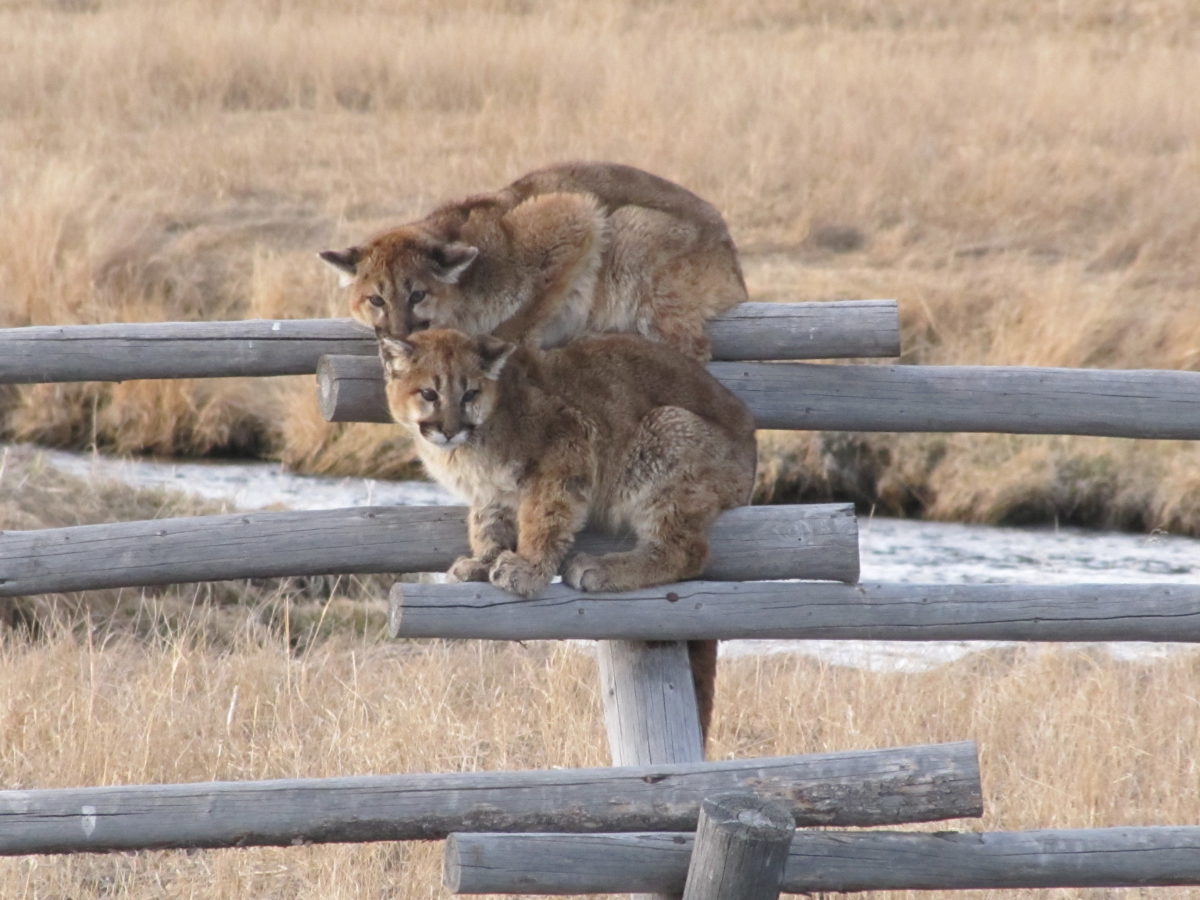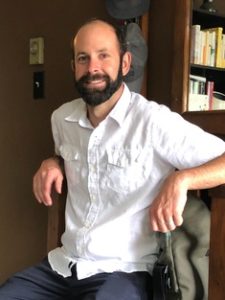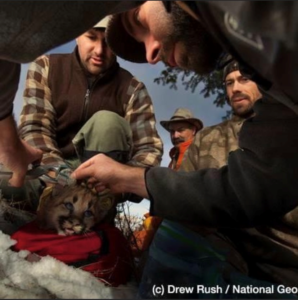Dr. Shaun Grassel presents: Non-Lethal Methods for Wildlife Management
In this webinar, Dr. Grassel will discuss several non-lethal methods for wildlife management that have been used by the Lower Brule Sioux Tribe. Using these methods beavers have been successfully captured and relocated when their activities have plugged culverts, impacted roads and fences, and threatened trees that are used by nesting bald eagles. In addition, prairie dogs have been captured and translocated from areas of conflict to areas where safe, new habitats have been constructed by humans. Dr. Grassel will also discuss the Tribe’s efforts to bolster its pronghorn population by sterilizing coyotes to reduce predation on pronghorn kids.

Dr. Shaun Grassel
Dr. Shaun Grassel is an enrolled member of and a Wildlife Biologist for the Lower Brule Sioux Tribe. He has worked for his Tribe for nearly 25 years on the conservation and management of wildlife species. Shaun’s work includes monitoring population trends of game species and focal non-game species, conducting research, and assisting in administrative duties and the development of policy. Shaun and his team are self-supported – having raised all required funding for his work from external sources for over 15 years. Shaun has a Bachelor of Science and a Master of Science degree in Wildlife and Fisheries Sciences from South Dakota State University and a Doctoral degree in Natural Resources from the University of Idaho. Shaun spends his free time managing his 150-head cow/calf ranch and raising native grasses for seed production.




 Patrick Lendrum is the Senior Science Specialist for World Wildlife Fund’s (WWF) Northern Great Plains (NGP) Program. He leads the development of science priorities for the program, implementing projects to answer key scientific questions that address the loss of native grasslands and the impacts that these losses may have on the wildlife and human communities that depend on them. Patrick also oversees the measurement of progress toward the NGP Program’s conservation goals and partnerships with a variety of stakeholders in order to develop shared conservation solutions.
Patrick Lendrum is the Senior Science Specialist for World Wildlife Fund’s (WWF) Northern Great Plains (NGP) Program. He leads the development of science priorities for the program, implementing projects to answer key scientific questions that address the loss of native grasslands and the impacts that these losses may have on the wildlife and human communities that depend on them. Patrick also oversees the measurement of progress toward the NGP Program’s conservation goals and partnerships with a variety of stakeholders in order to develop shared conservation solutions. Prior to joining WWF Patrick earned his M.S. and Ph.D. examining the effects of human-caused land use change on wildlife communities and ways to minimize disturbance while promoting sustainable development. He has worked across the western US in a variety of habitats spanning costal rainforests to prairie grasslands, with species ranging from insects to grizzly bears. Patrick has partnered with State, Federal, Private, and NGO entities to build large-scale collaborations in diverse working landscapes. The research Patrick has been involved with has been featured in National Geographic Magazine, BBC documentaries, and published in numerous peer-reviewed scientific articles. He is thrilled to now be conducting applied science that contributes towards WWF’s mission of securing a future that meets the needs of humans and nature.
Prior to joining WWF Patrick earned his M.S. and Ph.D. examining the effects of human-caused land use change on wildlife communities and ways to minimize disturbance while promoting sustainable development. He has worked across the western US in a variety of habitats spanning costal rainforests to prairie grasslands, with species ranging from insects to grizzly bears. Patrick has partnered with State, Federal, Private, and NGO entities to build large-scale collaborations in diverse working landscapes. The research Patrick has been involved with has been featured in National Geographic Magazine, BBC documentaries, and published in numerous peer-reviewed scientific articles. He is thrilled to now be conducting applied science that contributes towards WWF’s mission of securing a future that meets the needs of humans and nature.